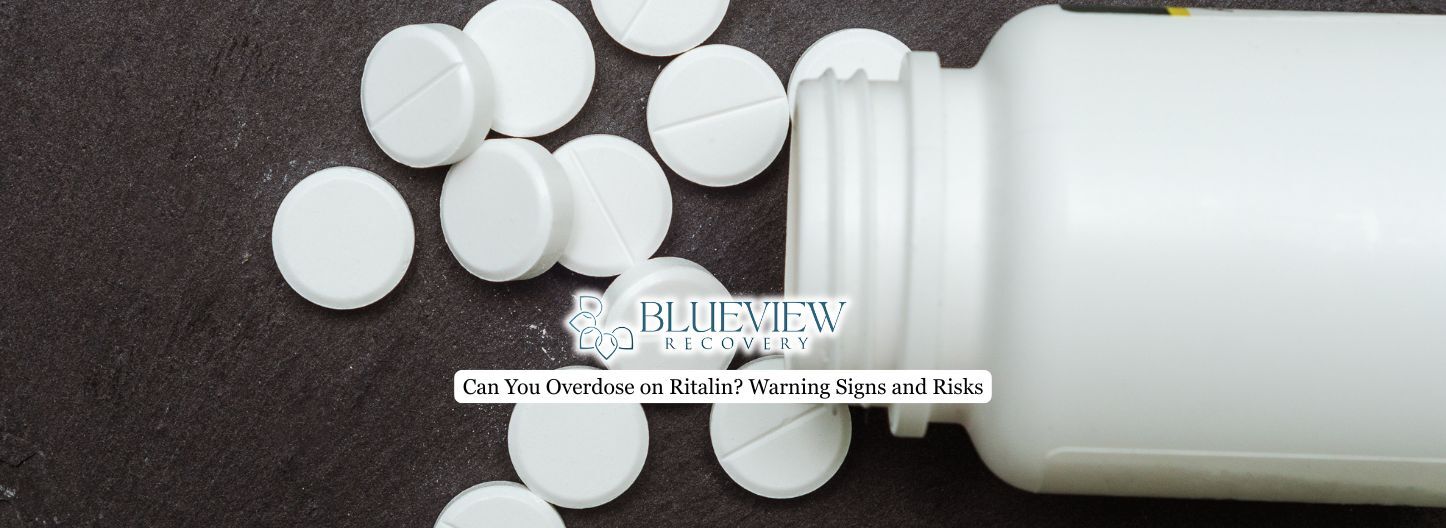Making the move from residential rehab to sober living marks a pivotal moment in the recovery journey. This transition bridges the gap between the highly structured rehab environment and independent living, presenting new opportunities and challenges.
This article will guide you through key steps to ensure a smooth and successful transition. In this article, we’ll explore practical strategies and support systems that help individuals maintain sobriety and rebuild life after rehab.

Understanding Residential Rehab and Sober Living
Residential rehab offers intensive addiction treatment within a highly structured environment designed to provide intensive therapy, medical support, and 24/7 care. Sober living homes, by contrast, provide a less restrictive, substance-free living environment where residents gain more independence while still receiving peer support and structure.
Individuals who have just completed residential rehab often face the challenge of applying the coping strategies and discipline they developed in a less controlled setting. Transitioning into a sober living home offers a supportive bridge, allowing them to build confidence and independence while still benefiting from accountability, peer encouragement, and a structured environment that promotes continued sobriety and personal growth. This transition from a rehab program to a substance-free living space that encourages independence helps individuals adjust gradually, reinforcing the skills learned in rehab while adapting to daily responsibilities.
The Importance of Transitioning Successfully
The transition from rehab to sober living is a critical step in anyone’s recovery journey, as moving too quickly to independent living without adequate support increases the risk of relapse. An environment like this bridges the gap by offering structure and peer accountability, helping individuals build confidence and resilience in real-world settings. Successfully navigating this phase supports long-term recovery and overall well-being.
Preparing for the Transition
A smooth transition begins with careful planning. Developing an individualized discharge and aftercare plan with your treatment team is essential for addressing ongoing recovery needs. Mental and emotional readiness is equally important, as adjusting from the inpatient rehab environment to a substance-free house requires resilience. Discussing plans with counselors, family, and support groups ensures a strong network that supports your recovery journey.
Key Components of a Successful Transition
Substance-Free Environment
Living in a substance-free environment creates a vital buffer that supports early recovery by providing a safe, structured space free from triggers and substances. These residences balance freedom with accountability through clear rules such as curfews, random drug testing, and mandatory participation in house meetings or group activities, fostering personal responsibility.
The communal setting promotes peer support, where residents share experiences, offer motivation, and develop social skills essential for healthy relationships. This shared environment reduces isolation and builds confidence, preparing individuals to transition successfully from the protective structure of rehab toward independent living with a supportive network and clear expectations.

Coping Skills
The shift from the highly structured environment of rehab to independent living often presents new challenges, including exposure to triggers, cravings, and interpersonal stressors within an alcohol- or drug-free home. Developing and actively practicing healthy coping skills is critical for managing these challenges effectively.
Skills learned in rehab, such as mindfulness, stress reduction techniques, cognitive reframing, and emotional regulation, become essential tools to navigate cravings and maintain emotional balance. Staying engaged with support groups and therapy provides ongoing encouragement and guidance, helping individuals recognize when they need assistance and fostering resilience.
Successfully balancing freedom with responsibility requires dedication, but meeting these challenges opens opportunities for personal growth, deeper self-awareness, and confidence in one’s ability to sustain long-term recovery.
Resources and Support Services
Access to a wide range of recovery resources and support services significantly enhances the transition process by addressing the holistic needs of individuals in recovery. Recovery coaching, life skills training, family education, and connection to community resources help bridge gaps between rehab and independent living. These programs often integrate outpatient therapy and ongoing mental health care to provide constant support during vulnerable periods.
Relapse prevention education, including strategies for identifying triggers and managing high-risk situations, equips individuals with practical tools to maintain sobriety. Comprehensive support services not only reduce the risk of relapse but also foster empowerment, helping people rebuild fulfilling, substance-free lives grounded in sustainable recovery.
Final Thoughts from Blueview Recovery
Transitioning from residential rehab to sober living is a critical step on the path to long-term recovery. Through structured support, peer accountability, and ongoing therapy, this setting helps individuals maintain sobriety and develop independence. By planning carefully, building strong support systems, and embracing the substance-free lifestyle, individuals can ensure a smooth transition that contributes to sustained recovery and a thriving life after rehab.
We at Blueview Recovery in Philadelphia connect individuals with reputable sober living homes that offer a safe, structured environment with peer support and accountability. This partnership helps individuals adapt to daily life while maintaining sobriety and building a strong foundation for lasting recovery, and supporting a successful reintegration into community living.





